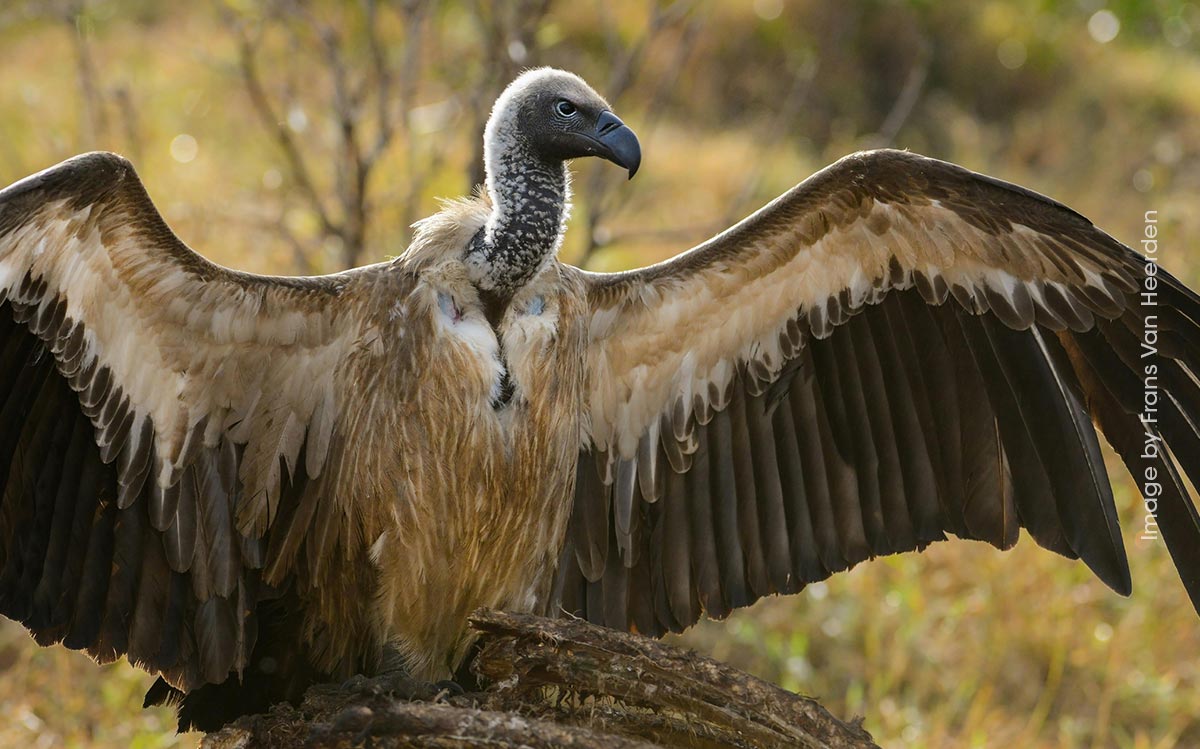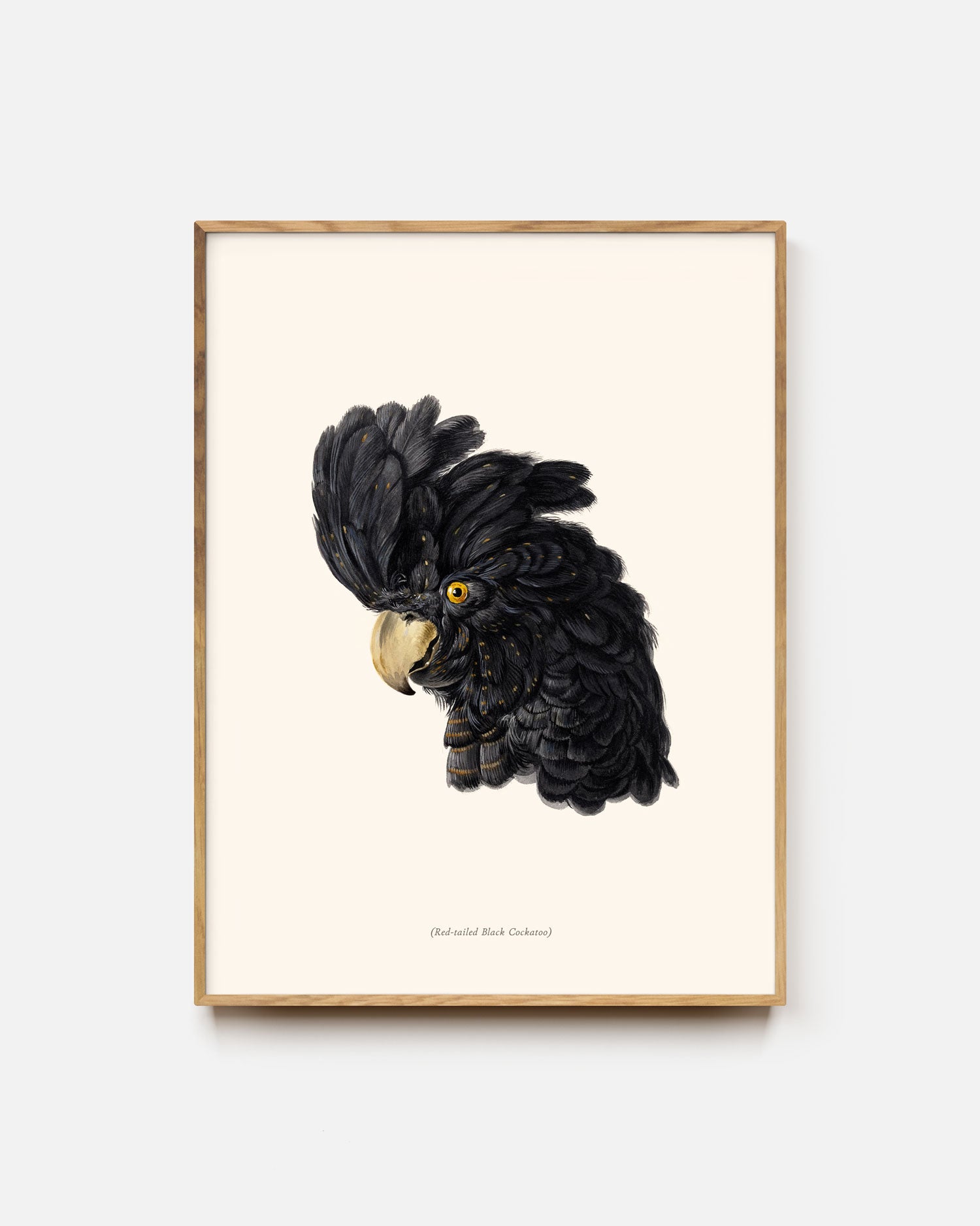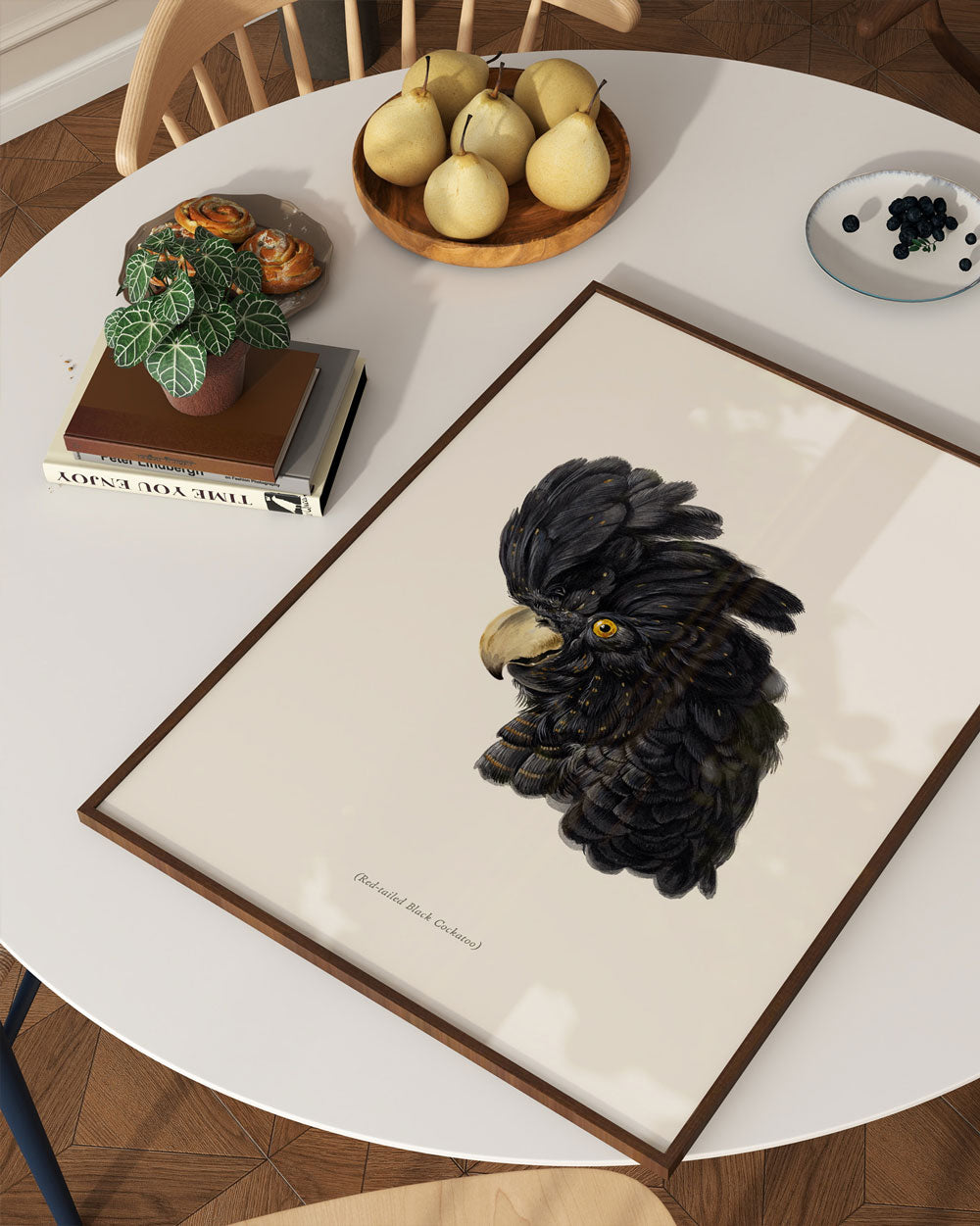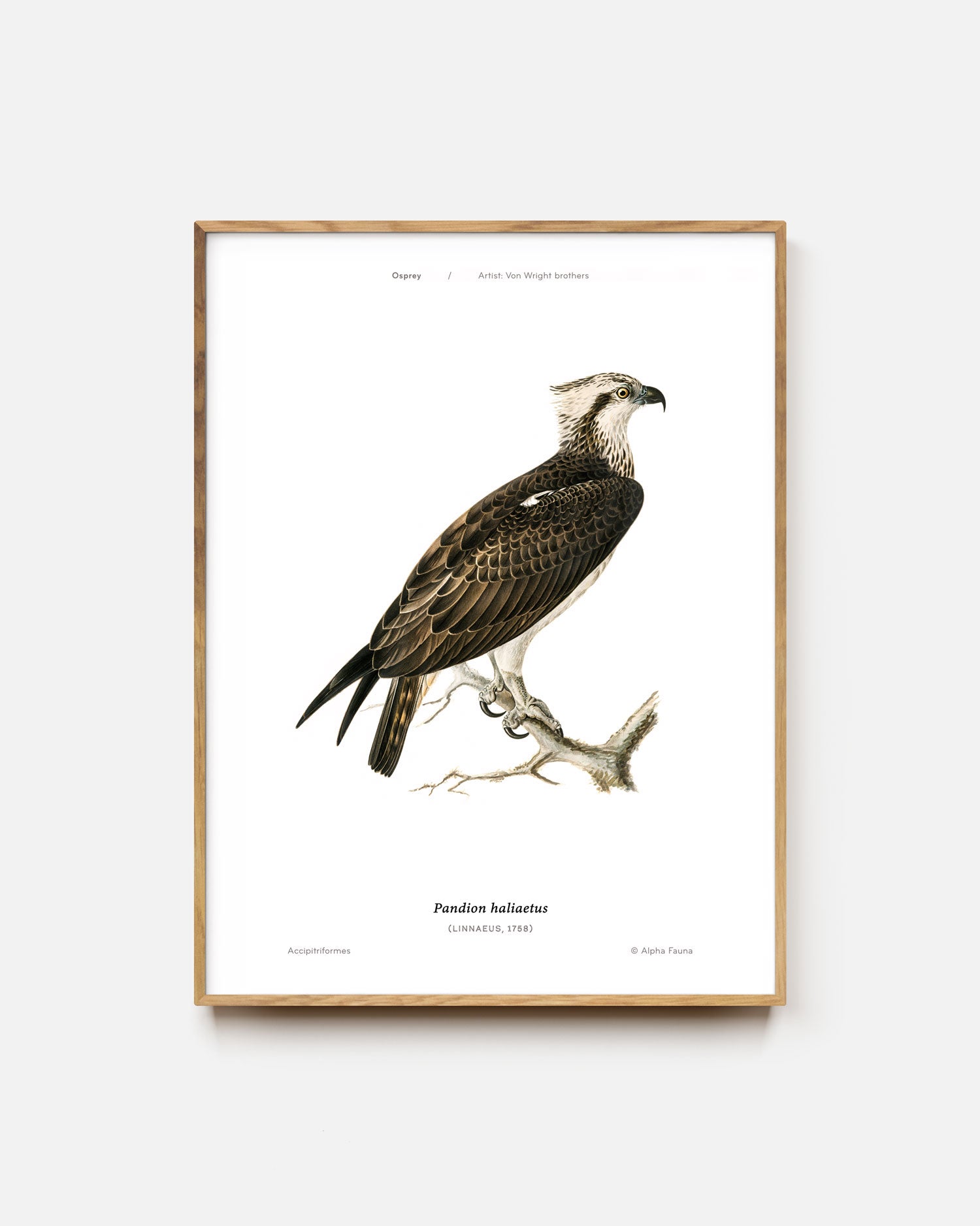Established in 1872, Yellowstone National Park is America's first national park. At 2.2 million acres, it is located principally in northwestern Wyoming, with small portions spilling over into Idaho and Montana.
The history of Yellowstone National Park is a captivating tale that stretches back millions of years, long before the first human inhabitants set foot in this rugged landscape. Forged by the powerful forces of volcanoes, glaciers, and geothermal activity, Yellowstone's origins can be traced to a supervolcano that erupted in a series of cataclysmic events over 630,000 years ago, blanketing the region in thick layers of ash and lava.
In the centuries that followed, the land was home to various Native American tribes who revered the region's abundance of natural resources and spiritual significance. It wasn't until the 19th century that the first European-American explorers "discovered" Yellowstone, captivated by its otherworldly geysers, hot springs, and breathtaking vistas. This eventually led to Yellowstone being designated as the world's first national park in 1872, a testament to the region's unparalleled natural wonders and the growing conservation movement of the time.
Since then, Yellowstone has continued to captivate visitors from around the globe, offering a window into the dynamic and ever-changing forces that have shaped this unique ecosystem over millennia. From the thundering waterfalls of the Yellowstone River to the kaleidoscopic hot springs that dot the landscape, the park remains a testament to the power and beauty of the natural world, and a living museum of the geological and ecological processes that have defined the American West.

The park remains a testament to the power and beauty of the natural world, and a living museum of the geological and ecological processes that have defined the American West.

The Park’s wildlife
Yellowstone National Park is renowned for its incredible wildlife diversity, with a vast array of animal species that call this geologically active landscape home. From the iconic megafauna like grizzly bears, wolves, and bison, to the smaller yet no less captivating creatures like pikas, wolverines, and trumpeter swans, Yellowstone's varied habitats support an incredibly rich and complex web of life.
Lush alpine meadows, steaming thermal areas, rushing rivers, and dense coniferous forests all contribute to the park's unparalleled biodiversity, each ecosystem nurturing its unique assemblage of plants and animals adapted to thrive in those specific conditions.

Wildlife of Yellowstone print
One artwork can't possibly capture the full essence of life in a place like this, but our Wildlife of Yellowstone art print brings together some of the Park’s most iconic species with others that don't get as much attention. It features almost 70 species painted in watercolor with hand-crafted typographic details in a modern square format.

Mammals: Our print features 26 of the 67 different mammal species found in the Park, including bison, bear, wolf, pronghorn, elk, bighorn sheep, wild cats, and much more.
Birds: According to the National Park Service, nearly 300 bird species have been sighted in Yellowstone National Park, and 23 of those are featured in our Wildlife of Yellowstone art print. You’ll find a variety of raptors, passerines, ducks and geese, and a few iconic species such as the Sandhill Crane and American White Pelican.
Other species: If you’re intrigued by the Park’s smaller residents that don’t get as much attention, then you’ll be pleased to know that we’ve left plenty of room in our print for creatures like insects, fish, and reptiles.

At the heart of this natural wonderland lies a unique and delicately balanced ecosystem, shaped by the Park's dramatic geological features and the seasonal cycles that govern the movements and behaviors of its animal inhabitants. From the tiniest microbes to the largest land mammals in North America, Yellowstone's unparalleled biodiversity continues to captivate and inspire all who venture into this wild and wonderful corner of the American West.












































